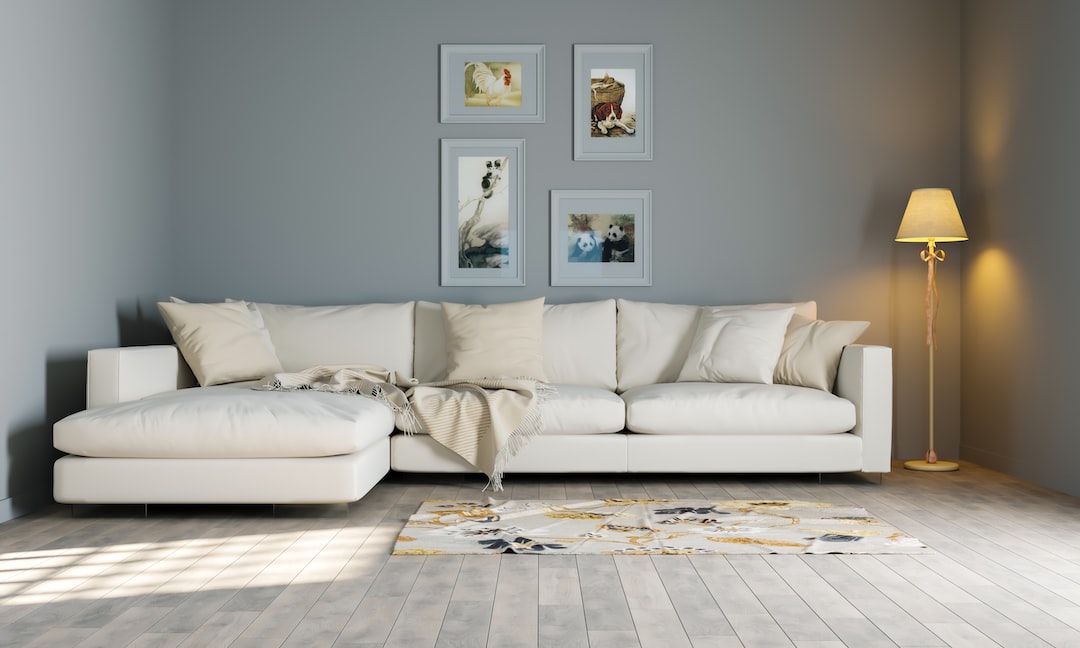From Traditional to Contemporary: Exploring Different Furniture Design Movements
Furniture design has come a long way over the years, with various movements shaping the way we perceive and interact with our living spaces. These design movements have been influenced by societal changes, technological advancements, and shifts in cultural preferences. In this blog post, we will explore the journey of furniture design from traditional to contemporary, delving into some key design movements along the way.
Traditional furniture design, rooted in history and craftsmanship, holds a certain charm and elegance that has stood the test of time. One notable movement within this style is the Baroque period, which flourished in the 17th and 18th centuries. Baroque furniture is characterized by its ornate detailing, richly carved wood, and extravagant upholstery. It aimed to create a sense of drama and grandeur, reflecting the opulence and power of the monarchy and the church. Pieces from this period, such as the iconic Louis XIV armchair, are still regarded as timeless classics today.
Moving forward in time, the Arts and Crafts movement emerged in the late 19th century as a response to industrialization. Led by designers like William Morris, this movement sought to bring back handmade craftsmanship and celebrate the beauty of natural materials. Simplicity, functionality, and attention to detail were the key tenets of Arts and Crafts furniture. Reflecting the values of the time, these pieces often featured exposed joinery and organic forms. They embraced the notion that furniture should not only be aesthetically pleasing but also serve a purpose in daily life.
As the 20th century dawned, a new design movement known as Art Nouveau took the world by storm. Rejecting the rigid formalities of the Victorian era, Art Nouveau embraced sinuous lines, organic shapes, and floral motifs. This movement celebrated the integration of art with everyday life, and furniture became an important canvas for artistic expression. Innovative materials such as bentwood and curved glass were introduced, allowing designers to create novel, flowing forms. The iconic designs of artists like Émile Gallé and Louis Majorelle exemplify the essence of the Art Nouveau movement.
The mid-20th century witnessed the rise of modernism, a movement that propelled furniture design into uncharted territory. Functionality, simplicity, and the elimination of unnecessary ornamentation were the core principles of modernist design. Industrial materials such as steel, glass, and plywood were embraced, enabling designers to create minimalist forms that reflected the futuristic aspirations of the time. Influential designers such as Ludwig Mies van der Rohe and Charles and Ray Eames played pivotal roles in shaping the modernist movement. The famous Barcelona Chair and the Eames Lounge Chair are considered icons of modern design to this day.
From the 1960s onwards, contemporary furniture design has continued to evolve, encompassing a broad spectrum of styles and influences. Postmodernism emerged as a reaction to the strict dogmas of modernism, embracing humor, playfulness, and eclecticism. This movement blurred the boundaries between art and design, with designers like Philippe Starck and Alessandro Mendini creating pieces that challenged traditional notions of form and function.
In recent years, sustainability and eco-consciousness have become important considerations in furniture design. The movement towards eco-design has seen innovative use of recycled materials, reclaimed wood, and energy-efficient manufacturing processes. Designers are now creating furniture that not only looks good but also minimizes its impact on the environment.
In conclusion, furniture design has undergone significant transformations throughout history, reflecting the ever-changing tastes and aspirations of society. From the opulence of the Baroque period to the simplicity of modernism and the eclecticism of contemporary design, each movement has left its indelible mark on the furniture industry. As we continue to embark on new design adventures, it is exciting to think about the future of furniture and how it will continue to shape our living spaces.
